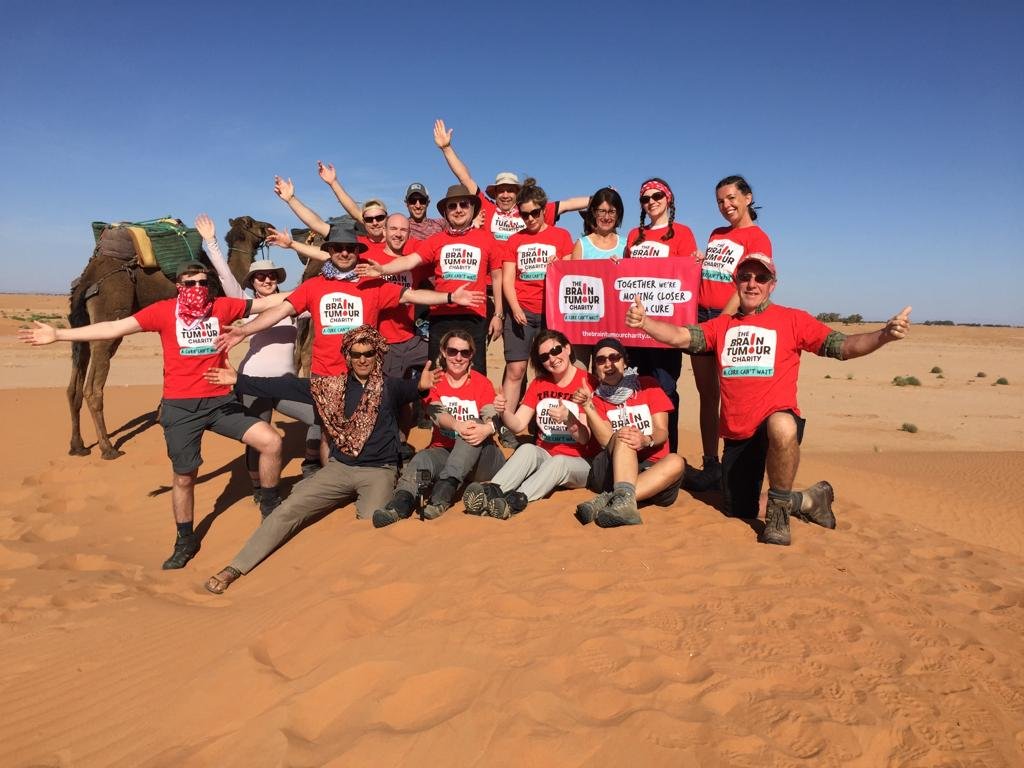
Four days. 100km. One large, hot desert. 17 remarkable people.
Those are the numbers that tell just one part of the Sahara Trek I’ve just returned from, on behalf of The Brain Tumour Charity.
It’s difficult to do justice to such a once-in-a-lifetime trip in one blog post, but I’m going to try by breaking up the experience into sections…
The country
Morocco to many people is Marrakesh or Casablanca: all souks, kasbahs, bazaars and tagines. It is, of course, so much more.
All the people I met were warm and friendly, and accepting of Europeans.
The country is almost exclusively Muslim – and thus quite conservative – with Arabic and Berber the most widely-spoken languages, although I got by comfortably in French.
The mountains are a major feature of the country – the Atlas range being the most famous, but also the Rif and the Anti-Atlas, that borders the part of the Sahara we visited.
The Sahara itself
A desert is a barren area of landscape where little precipitation occurs and, consequently, living conditions are hostile for plant and animal life.
Ah yes, the desert! The first thing we discovered is that – in Morocco at least – the Sahara does not necessarily mean miles and miles of rolling sand dunes.

Yes, the dunes exist (see image above), and it’s tough to walk on, but more often than not, the terrain was simply dry and barren.
Volcanic rock is a common hazard deposited around 600,000 years ago by the now-extinct Azrou volcanic field.
https://youtu.be/GZnqjTFQP1U/?mute=1&loop=1&modestbranding=1
Similarly dry, cracked river beds are in abundance. They do flood on occasion, but rain is rare in Morocco.
There are small bushes and trees in the desert too. Some stand solitary, while others can be part of a larger, lusher selection (see below).


Ultimately, though, the scenery is – quite figuratively – spectacular. I don’t use the word lightly.
The 360-degree views were stunning. Mountains, blue skies and a totally unspoilt vista.
It was also noticeable that we barely met anyone else while trekking. This really wasn’t a tourist trail, unlike – for example – Mount Everest.
Night-time was cold – with a capital C. Within minutes of the sun going down, the temperature plummeted. Obvious, you may think, but in comparison to the high-20s during the daytime, it can come as a shock.
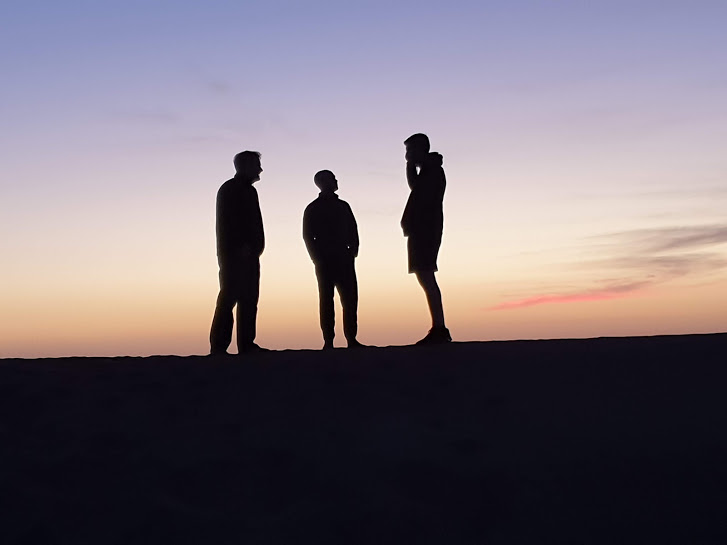
And the stars! Oh my goodness, the stars. Living in industrialised countries, we forget quite how pervasive electricity is, even at 2am.
In the Sahara, there is barely any electricity. No streetlamps. No lightbulbs. No TVs. And no ambient light to ‘pollute’ the night sky.
I have almost never seen such a sky. The stars are always there, but we just never normally see them.
The people
No trip of this kind would be complete without those who complete it with you.
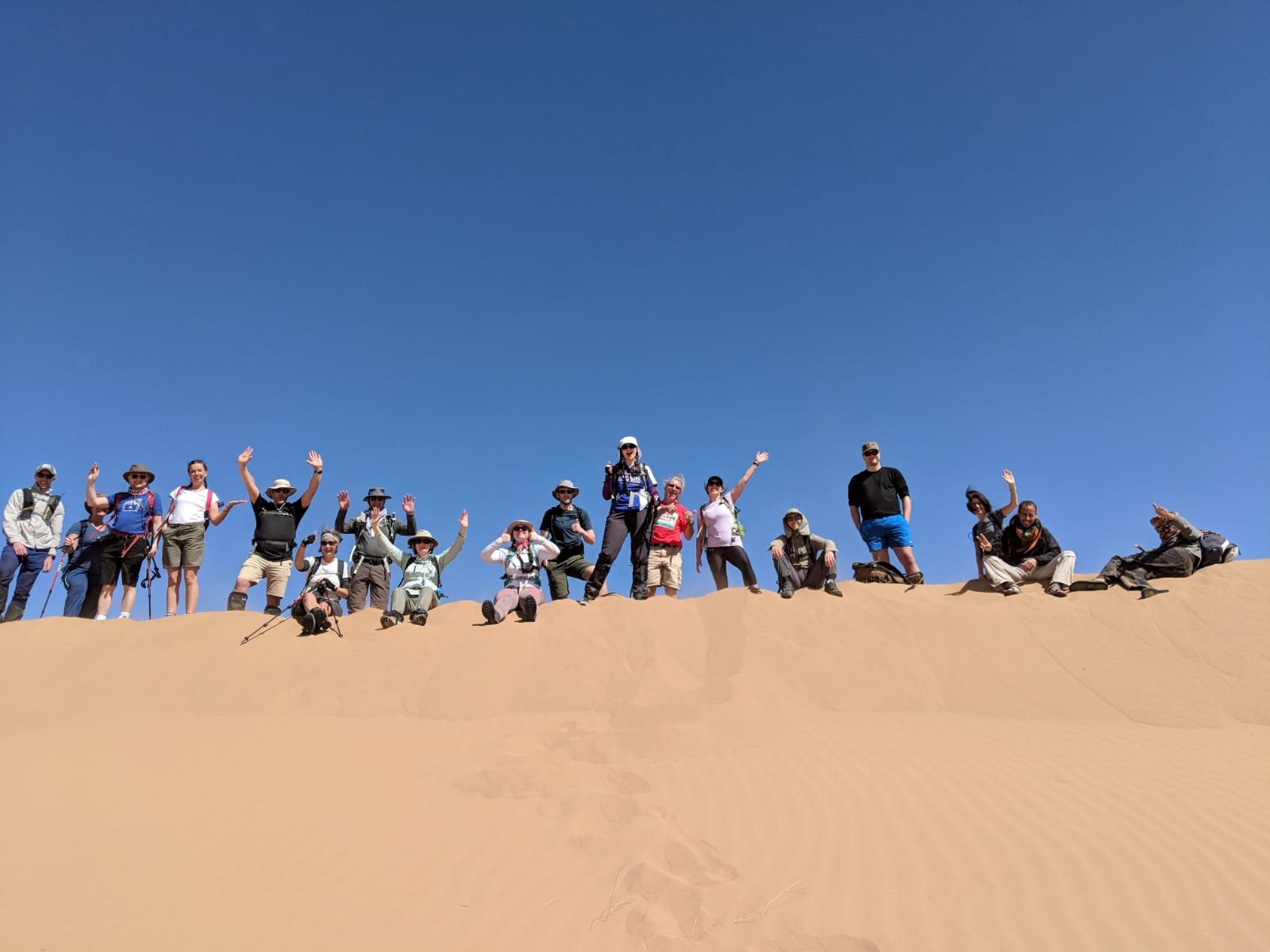
The other trekkers were to a person wonderful. Walking with people who are living with a brain tumour, who are directly affected or who have lost someone is hugely humbling.
I laughed. I cried. I listened and I heard the most touching and moving stories.
And we all did it together. We all helped each other. Through the difficult moments. The blisters. The times when it felt as if it would be easier to stop.
And we did it all because we believed in a common goal. That we will find a cure for brain tumours and help those affected by this terrible disease.

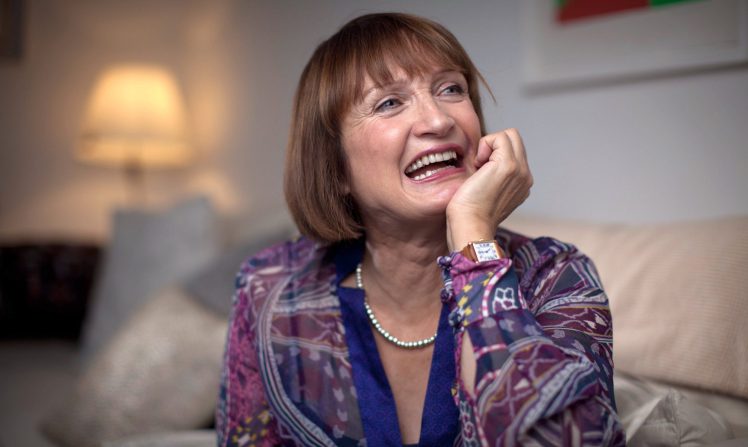

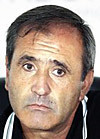
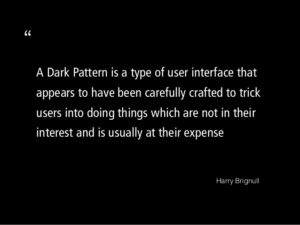
Congratulations, Rob! I hope we get to read more!
I’ve got some other stuff in mind to write about, yes 🙂
Well done RonBob. Proud of you !
Cheers fella
Just wonderful to read – I assume this is the précis? ??
Well done to all of you. I am jealous. Morocco is on my bucket list – particularly the mountains. Looking forward to reading the extended edition ?
I’ll add some follow-ups 🙂
Such a fantastic achievement Rob. Been meaning to sponsor you. I’ll find your link (on FB I think) and do it today. Nicole xxx
Thanks Nicole x